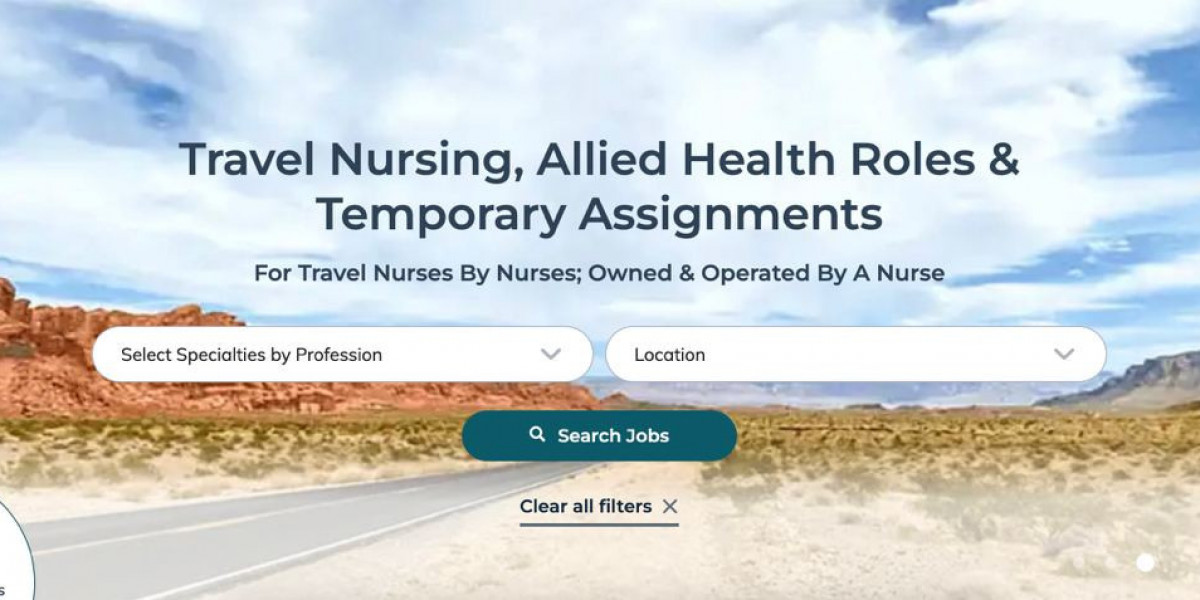I run a healthcare staffing company. Every week I talk with nurses and allied clinicians who want the same three things: fair pay, honest communication, and a smooth path from application to orientation. The travel market can deliver all three—if you treat it like a business decision, not a leap of faith. Consider this your practical field guide.
What draws people to travel healthcare
Most clinicians start traveling for flexibility. Control over schedule and location is hard to beat. But the real value shows up after a few contracts. You build a sharper resume fast—different charting systems, new specialties, and varied workflows. Those experiences compound. Facilities notice.
Money matters, too. Strong packages exist, yet not all offers are equal. The smartest travelers compare line by line: taxable hourly, housing and M&IE stipends, overtime rules, holiday rates, and any completion or extension bonus. That comparison only works if an agency is willing to show the math. If they won’t, move on. Your time has a cost.
Then there’s lifestyle. A lot of nurses tell me their reset happens in small moments: headphones on, coffee cooling, eyes on a quiet sky before the next stretch of highway. That space—to think, to plan the next contract, to see parts of the country you’ve only flown over—adds real energy back to the work.
Roles and contract styles to consider
Travel isn’t just ICU or ER. It’s a wide map:
- Travel nursing. Med-Surg, Tele, Stepdown, OR, L&D, PACU, behavioral health—each with unique demands. Most assignments run 8–13 weeks with options to extend when the fit is right.
- Allied health. Respiratory therapists, radiology/CT/MRI, surgical techs, lab professionals, pharmacy techs, PT/OT/SLP. Hospitals lean on allied teams to keep throughput steady and quality scores up.
- Rapid response or strike coverage. Short timelines, tighter compliance windows, often premium rates. These contracts reward readiness and clean files.
- Local contracts. If you need to stay within driving distance, short-term local roles can bridge gaps between longer travel assignments.
Match contracts to your goals. Chasing top-dollar rates can work, but so can stacking targeted experience—OR travelers who add robotics or CVOR, RTs who build strong ICU time, SLPs who split adult and peds to stay versatile. Decide what “better” means for you and pick accordingly.
How to judge an agency (and keep leverage)
You don’t need fifty agencies. You need two or three that act like partners. Here’s the checklist we use internally when we audit our own process:
- Transparent pay. Ask for a breakdown every time. Verify weekly hours, shift differentials, call/standby details, and how overtime is calculated. If a number changes, ask why before you commit.
- Credential speed. A good team moves compliance forward without endless back-and-forth. Look for a simple portal, clear due dates, and help with license verifications, medicals, and skills checklists.
- Real support. Nights and weekends happen. Who answers? What’s the escalation path if housing falls through or a badge isn’t ready on Day 1?
- Market access. Broad facility relationships matter, but so does fit. Can the recruiter explain the unit’s culture, floating patterns, and precepting style—or are they reading from a vague memo?
- Paper trail. Get the terms in writing: bill rate assumptions, traveler rate, stipends, shift, unit, floating expectations, cancel policy, guaranteed hours, start and end dates. No surprises.
Remember, leverage is preparation. Keep your profile complete and current so you can submit fast when a strong role opens.
Midway through your research, compare options across reputable resources. One useful place to start is TLC travel nurses—use a site like this to scan job types, view pay examples, and understand what documents you’ll need before you hit “apply.” Treat it as market intel, not a single source of truth.
Build a profile that wins offers
Facilities want to know if you can help on Day 1. Your profile should answer that before anyone calls.
- Resume that tells the right story. List unit types, ratios, patient populations, EHR systems, procedures, and equipment you use with confidence. Keep it one to two pages, updated after each contract.
- References that speak to performance. Two recent charge nurses or managers beat five lukewarm contacts. Ask them to highlight reliability, teamwork, and your comfort level with admissions or high-acuity cases.
- Certs and licenses in order. Keep everything in one folder—state licenses, BLS/ACLS/PALS/NRP, vaccination records, fit test, TB/Quant, titers where needed.
- Skills checklist and tests. Complete them before submission. If the unit asks for specific competencies (e.g., vasoactive drips, balloon pumps, neonatal vents), make sure they’re reflected in your docs.
- Background and medicals. Assume tight timelines. Consent quickly, show up for labs early, and flag anything that could slow clearance.
A ready file isn’t busywork; it’s a speed advantage. When two qualified travelers want the same slot, the one with a clean, complete packet usually wins.
The ABC path for your next contract
When I view our most reliable placements, they follow the same simple path:
A — Apply once, completely. Create one master profile with licenses, certs, resume, references, and work history. Upload clean scans. Save a PDF copy you can share if a facility asks for direct submission.
B — Browse and compare with intent. Filter by unit, shift, location, pay range, and start date. Then read the fine print: floating, call requirements, weekend/holiday rules, and guaranteed hours. If the pay looks high, check what’s behind it—short notice, tough unit, high cost-of-living, or heavy floating.
C — Connect and commit with clarity. When a job fits, get the recruiter on the phone. Confirm rate, housing plan (yours or theirs), compliance steps, interview timing, and orientation details. Don’t resign your current role until you have a written confirmation with dates.
Follow this cycle every quarter. It keeps your options open and your earnings steady.
Money and housing: practical guardrails
Rates vary by region and season. Here’s a simple way to sanity-check an offer:
- Compare taxable hourly to your home market; extreme gaps usually have a reason.
- Validate stipends against GSA guidance for the area. Stipends that are far above norms can be a red flag.
- Ask about cancellations and guaranteed hours. Ten canceled hours per week can wipe out a “high” rate.
- Calculate a realistic weekly take-home after taxes, insurance, and parking or commute costs.
For housing, pick safety and predictability over marginal savings. Read reviews, map the commute at shift change times, and always have a backup option for your first week in a new city.
Professional growth you can bank
Travel should move your career forward, not just your location. Pick one growth theme per year:
- Add a certification (CEN, CCRN, CNOR, etc.).
- Expand a modality (CT for a rad tech, robotic cases for an OR RN).
- Learn a new EHR.
- Take a preceptor role on an extension.
Track the wins: patient outcomes, time-to-admission improvements, charge shifts covered. Those details turn into leverage on your next negotiation.
Final miles
A good contract feels like a clear highway: you know where you’re going, what you’ll earn, and who will help if something goes wrong. Do the unglamorous work—clean profile, careful comparisons, tight communication—and you’ll get more of those steady miles between shifts, the soundtrack in your ears, and the horizon exactly where you planned it.
Travel healthcare can be both profitable and sustainable. Choose partners who respect your time, insist on transparent numbers, and keep the process simple. The rest—skills, pay, and the views you’ll remember—tends to follow.














